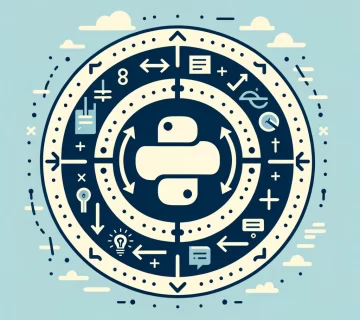Welcome to our Python Loops Quiz! This quiz is designed to test your understanding of the concepts covered in our recent series of posts on loops in Python. From basic if statements to advanced nested loops, this quiz will challenge your knowledge and help you gauge your proficiency in using loops to control the flow of your Python programs.
- Read each question carefully and choose the best answer from the four options provided.
- Some questions may have more than one correct answer. In such cases, select all that apply.
- Take your time, and think through each question before answering.
Python Loops Quiz
Engage With Us
Congratulations on completing the Python Loops Quiz! We hope this quiz has helped reinforce your understanding of loops in Python and their various applications. If you found any questions challenging, consider revisiting the corresponding posts for a more in-depth review.
How did you find the quiz? Share your score in the comments below and let us know if there are any topics you’d like us to cover in future quizzes. Your feedback helps us create more valuable content for our community of Python enthusiasts.
Stay tuned for more quizzes and happy coding!





No comment